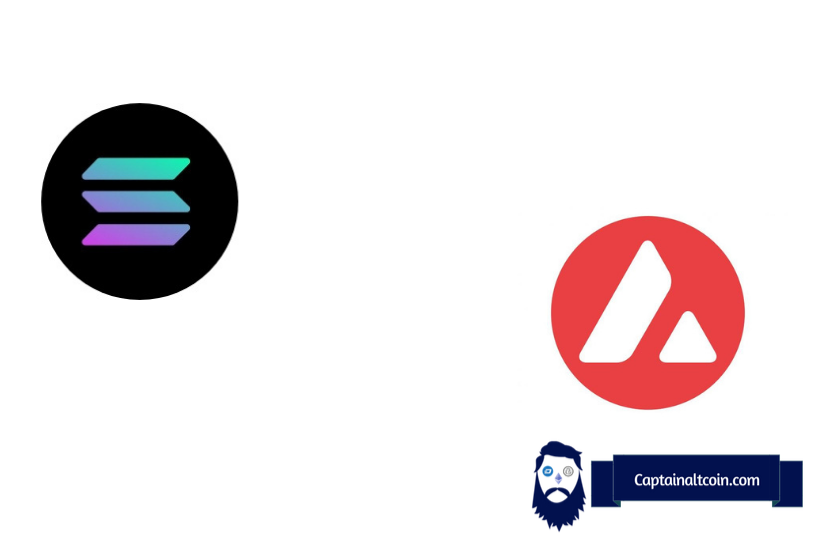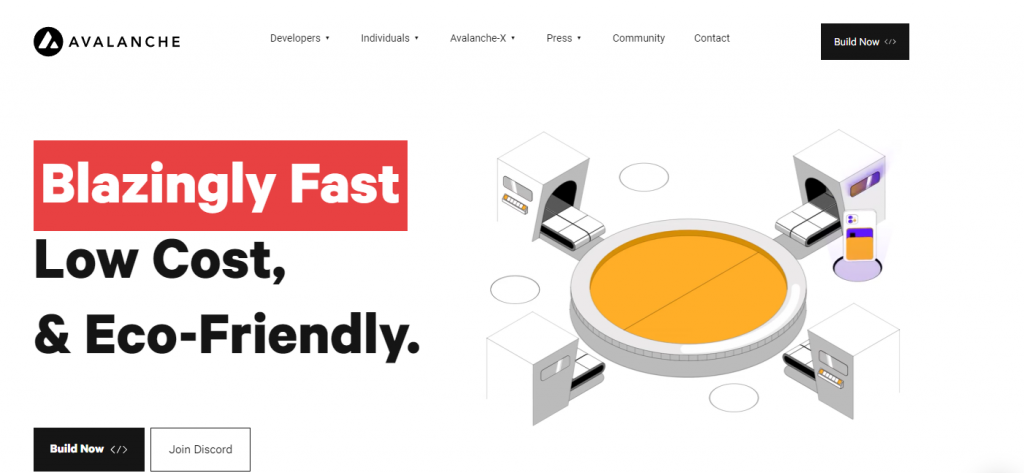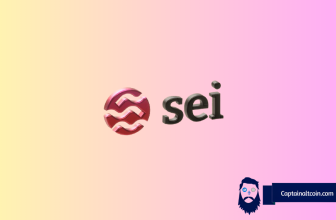
What you'll learn 👉
What Are Avalanche and Solana
Avalanche (AVAX) started out with an idea to fix the technological lackings of ETH. We all know that ETH gets clogged easily sending gas fees to astronomic heights. Many solutions were based on the idea of simply making bigger blocks.
However, Avax took a different approach to tackle the root of the problem. Instead of fixing the ETH shortcomings by making the block size larger, they focus on layers within the system itself. They have their X-Chain, C-Chain, and P-Chain all working together to make sure this type of problem never happens again.
Solana is a layer 1 smart contract protocol developed to enable fast transactions on public blockchains. It uses a novel consensus mechanism based on PoS and PoH to achieve high throughput and low latency. This enables dApp developers to build highly scalable and performant applications.
Solana employs a hybrid consensus mechanism that combines PoS and PoH. These two algorithms allow the network to achieve high throughput and low latency. PoS ensures that nodes will not spend resources on transactions that cannot be verified, while PoH ensures that the blockchain history is accurate. Together, these two mechanisms ensure that the network remains secure and stable.

How Are Avalanche And Solana Similar?
There are a few things that make them quite similar such as having a limited supply of their native tokens.
Secondly, they are both open-source projects where anyone can check the code. This gives them more credibility since people could check the code and see if there is any ill-intended code (which there isn’t in either).
Lastly, they are both “ETH Killer” projects, meaning their whole marketing revolves around being a better version of ETH. This means they want to scale to a level where it could be used by millions daily and still shoulder that type of load.
How Are Avalanche And Solana Different?
The differences are vast but they don’t necessarily mean that one is better than the other but show how their teams tackle the same problem with different approaches.For example, Avax has 3 different blockchains to solve the same problem as Solana solves within one Blockchain.
While Avax could operate between its three different networks, SOL only has one network that it works within. While SOL could offer as high as 65k transactions per second, Avax is much lower in number. All in all, they both solve the ETH gas fee problem, whereas they both approach it differently.

Tokenomics SOL and AVAX
SOL Tokenomics
Total Supply: 500 million (11.4 million burned)
Circulating Supply: 16+ million
Teams Share: %23
Inflation: Started with %8, goes down to %1.5 by 2031
AVAX Tokenomics
Max Supply: 720 million
Total Supply: 391 million
Circulation Supply: 220 million
Locked Supply: 171 million
Fee: Fees are burned to prevent inflation
Future Outlook For Avalanche And Solana
With Avax getting burned constantly with a limited supply, it looks like it has a bright future ahead. So far it has active community of both investors and developers.
All of these make the token more and more valuable over time. The biggest challenge came when the first unlock happened, fearing that would cause the price to fall, but it did not drop, meaning people didn’t sell in abundance.
SOL on the other hand has proven that it works very well within what it tries to achieve. Causing everyone to test how cheap and fast it could possibly be. 50K per second has been tested and it stayed free and fast.
This means that SOL has proven to people how it could be multiple times better than ETH without any problems. The only issue SOL had was a network problem that caused them to freeze the network, which was seen as centralization and criticized.
Conclusion
Both projects are trying to overtake ETH in the smart contract world. They are both adding more and more projects to their ecosystems. However, ETH does not look to be phased by any of this and keeps its power. If you do not mind a power struggle between your investment and the second-biggest coin ever, then they are great projects.
They may not turn out to be “ETH killers”, but that doesn’t mean they will not be profitable either. With two very different approaches to the very same problem, they prove to the crypto world how innovation could lead to profit. They are certainly suggested, advised, and loved by tens of thousands of people. A good return on investment is expected by at least as much.
Read also:
- Best Solana (SOL) Wallets (Mobile, Desktop, Hardware)
- BSC to Solana Bridges – How To Send Coins From BSC To Solana Blockchain?
- How To Convert From Ethereum to Solana – ETH/BSC/Polygon To SOL Bridges
- Best Dex on Solana – Swap Solana Tokens on Decentralized Exchanges
- Ethereum to AVAX Bridge – How To Transfer Coins From ETH To Avalanche Blockchain
- Solana vs Cardano – Is ADA Better Than SOL?
- Solana vs Algorand – Is ALGO Better Than SOL?
- Solana vs Polkadot – Is DOT Better Than SOL?






